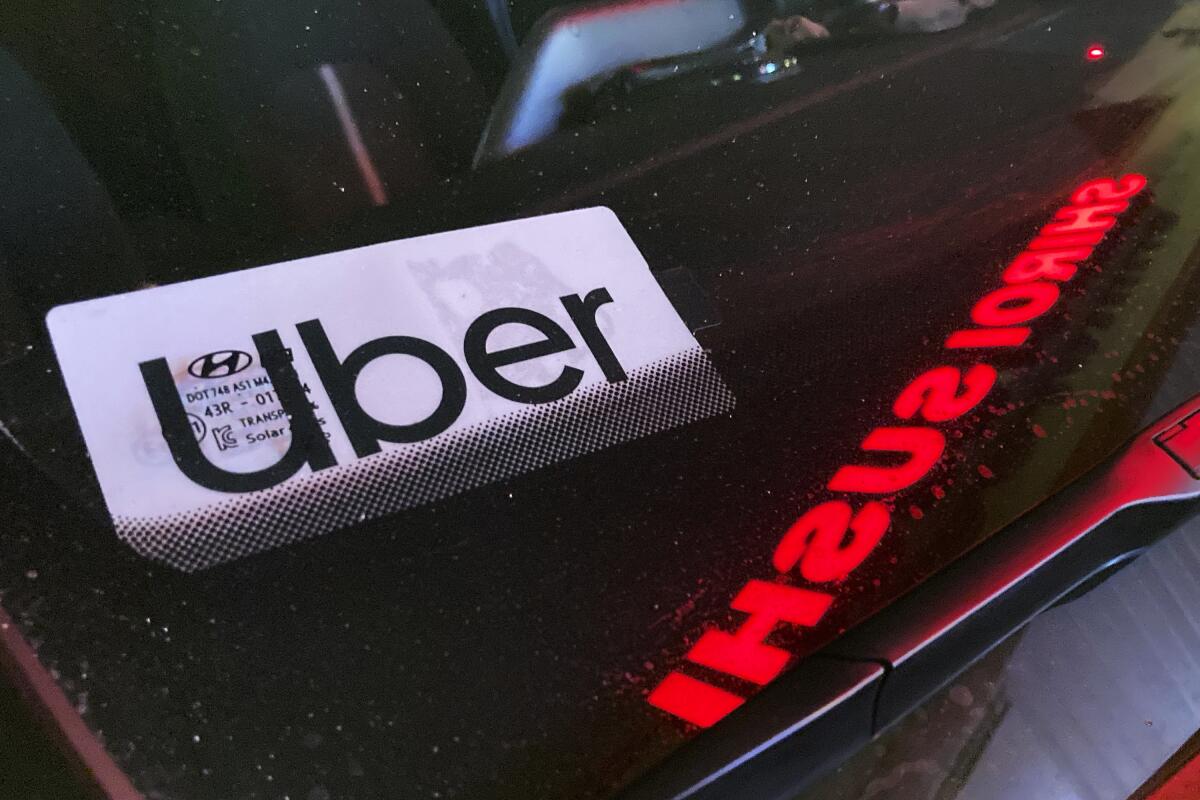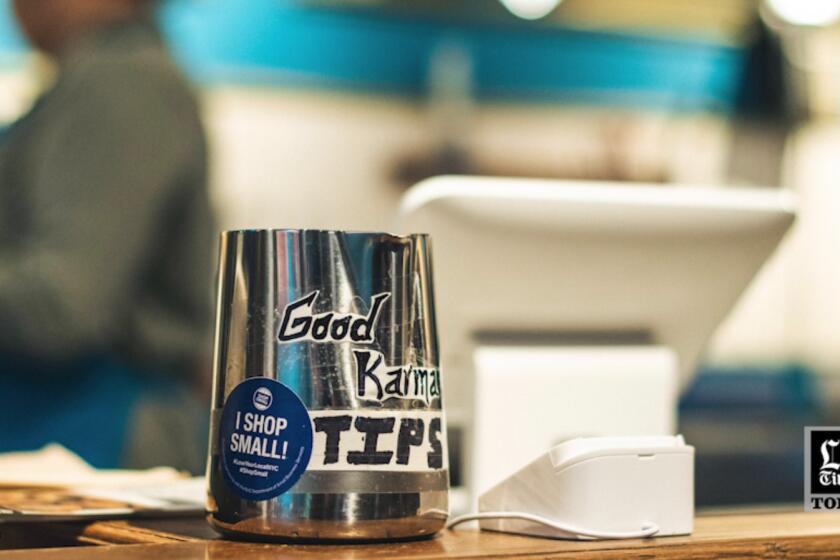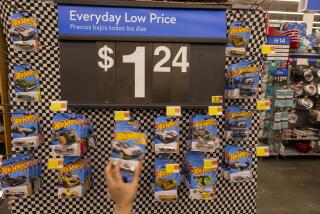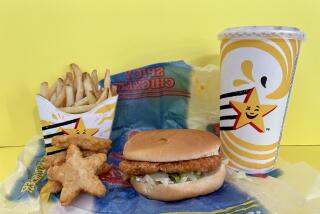Wendy’s gulps back surge pricing idea as complaints expose limited tolerance for floating costs

Consumers will pay more for a flight to Florida or for a hotel room during peak vacation times. They fork out more for a rush hour Uber ride, perhaps while grinding their teeth, and rely on apps such as ParkWhiz or ParkMobile to book spots for their cars at premium prices.
But a social media backlash this week to media reports that said fast-food chain Wendy’s had plans to increase menu prices during its busiest hours showed a limit to where, when and for what U.S. consumers will trade more cash for convenience. It looks like a Dave’s Double Combo or a Frosty won’t make the cut.
Wendy’s clarified its intentions Wednesday, drawing a distinction between the company’s “dynamic pricing” strategy and the “surge pricing” practices that charge more during times of peak demand. The company said any fluctuations it decides to test in the future “would be designed to benefit our customers and restaurant crew members.”
Here’s a look at the differences between dynamic and surge pricing, which industries are using them and some of the more subtle ways in which companies build price fluctuations into their bottom lines.
What’s dynamic pricing? Surge pricing?
Dynamic pricing and surge pricing are both models that continuously adjust prices based on a variety of factors, sometimes within minutes. Dynamic pricing can involve both increasing and decreasing prices, based on market conditions, the season and supply changes. Surge pricing is a subset of dynamic pricing and involves only increasing prices, based on supply and demand, experts say.
Mercado González in Costa Mesa is the first Mexican-style mercado of its kind in Southern California — and a sign of one city’s shifting politics.
Which industries use dynamic pricing?
Dynamic pricing has been part of some industries almost as long as they’ve had technology capable of adjusting prices quickly.
Airlines, for instance, regularly raise and lower fares depending on the time of year, expected customer surges and projections of how many seats they can fill at various times. Flights on Sundays and Fridays, for instance, tend to cost more than those in the middle of the week. Airlines even have a name for the practice: yield management.
Hotels do much of the same with room reservations. It’s why you can score better deals during hurricane season or immediately following big holidays when travel tends to slump. These days, though, the actual calculations that go into reservation pricing are much more complex.
Other places where dynamic pricing shows up include concerts, sporting events, parking facilities and street meters. E-commerce retailers such as Amazon also change prices algorithmically, although usually in ways shoppers don’t notice.
Neil Saunders, a managing director with research firm GlobalData, said that even though dynamic pricing is ubiquitous, the grief Wendy’s got shows how sensitive consumers are to price variations.
“Dynamic pricing is common in travel and accommodations. There’s a fixed level of supply,” Saunders said. “But if one minute a burger is $5 and the next minute it’s $6, and then it goes up and down again, they will simply get annoyed. And they’ll probably go elsewhere.”
How common is dynamic pricing at restaurants?
Experts say it’s not common. But a growing number of restaurants are charging more for items that patrons order using third-party apps such as Uber Eats and DoorDash, said Jason Goldberg, chief commerce strategy officer at Publicis Groupe, a global marketing and communications company.
Debbie Roxarzade, chief executive of Las Vegas-based Rachel’s Kitchen restaurants, uses technology from a startup called Sauce to help adjust prices for users of third-party apps based on algorithms and the in-person traffic at the chain’s nine restaurants.
For example, a sandwich that would cost $12 on the regular menu might rise to $12.60 for a delivery customer during peak hours but fall to $11.05 during slow times such as after lunch, Roxarzade said.
“It’s helpful to streamline operations and keep things fresh and clean and more consistent instead of having a huge peak in demand and then just very little sales in other hours,” she said.
Roxardzade emphasized that her restaurants’ physical locations do not employ such dynamic pricing methods.
The Cheesecake Factory has an official taste tester for every dish on that hefty menu. He’s also CEO of the eatery people love or loathe so much it’s meme-worthy.
What about retailing?
Amazon and other online retailers have increasingly embraced dynamic pricing based on supply and demand. The strategy goes full tilt during the Black Friday and Cyber Monday shopping bonanza.
Shoppers know that prices for a hot toy can go up ahead of the holidays, given a surge of demand, while prices for familiar games and puzzles can go down, Goldberg said.
But traditional retailers “exploitatively” raising prices based on the time of day for routine items isn’t a good practice, Goldberg said.
Amazon currently faces a Federal Trade Commission lawsuit accusing it of various unfair practices such as overcharging sellers and preventing them from lowering prices.
Do grocery stores use the strategy?
Before the COVID-19 pandemic, grocers and restaurants were playing with technology to make changing prices easier. But the pandemic pushed more restaurants and stores, particularly grocers, to turn to digital pricing because of severe labor shortages.
Walmart Inc. and other grocers have expanded their use of electronic shelf tags, relieving workers of doing the job manually so they can better help out customers. Restaurants had another reason to ditch printed menus in favor of QR codes that diners could scan to access the menu: They were worried about physical interactions during the height of COVID-19 infection rates.
Businesses have seen more of a need to rely on digital pricing at a time of high inflation, analysts said.
“It’s not that they can raise the price every hour, but they do occasionally change prices up and down, ” Goldberg said. He noted that changing prices at a grocer, which typically has 20,000 items in each store, can be laborious if they have to depend on workers.
In all, Macy’s is shutting 150 stores by 2026. Walmart West Covina will shut its doors March 29. All were described as underperforming.
Will consumers accept dynamic pricing?
Experts say it’s going to be hard to change public attitudes toward dynamic pricing, especially in fast-food restaurants. At the same time, paying to choose a seat or check a suitcase for a flight has not been around that long.
“For items and commodities that we’re used to buying, like your favorite sandwich, you don’t want to see the price of those things fluctuate,” Goldberg said.
But “over the long run could we change the world perception? Yes,” he added. ”There are other examples, like airlines, where pricing models that used to be pretty static became dynamic over time.”
AP reporter David Koenig contributed to this story.
More to Read
Inside the business of entertainment
The Wide Shot brings you news, analysis and insights on everything from streaming wars to production — and what it all means for the future.
You may occasionally receive promotional content from the Los Angeles Times.














